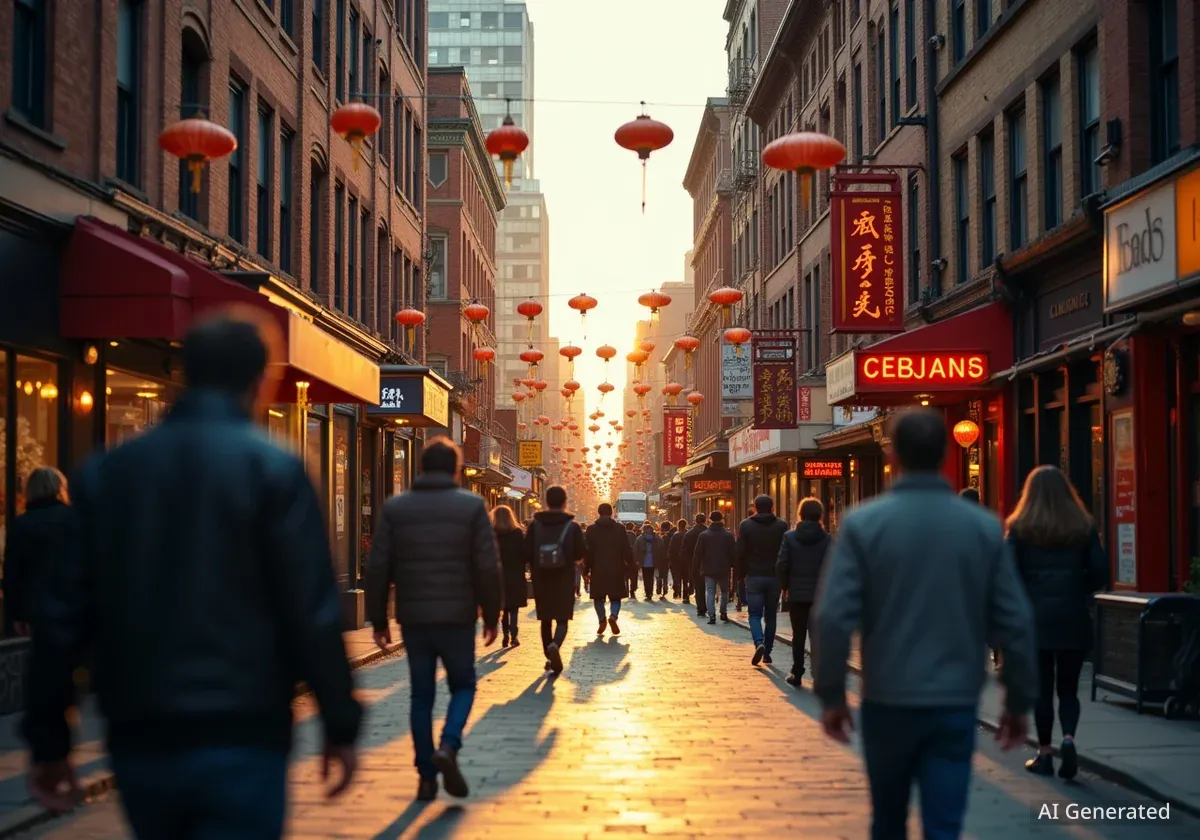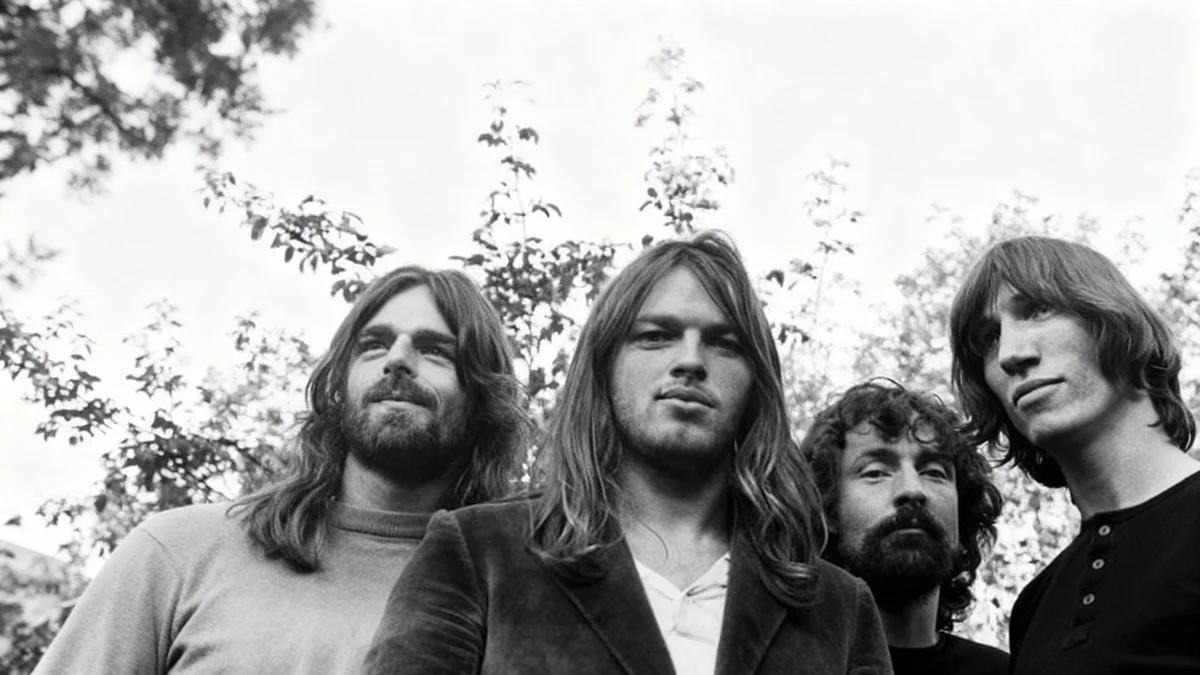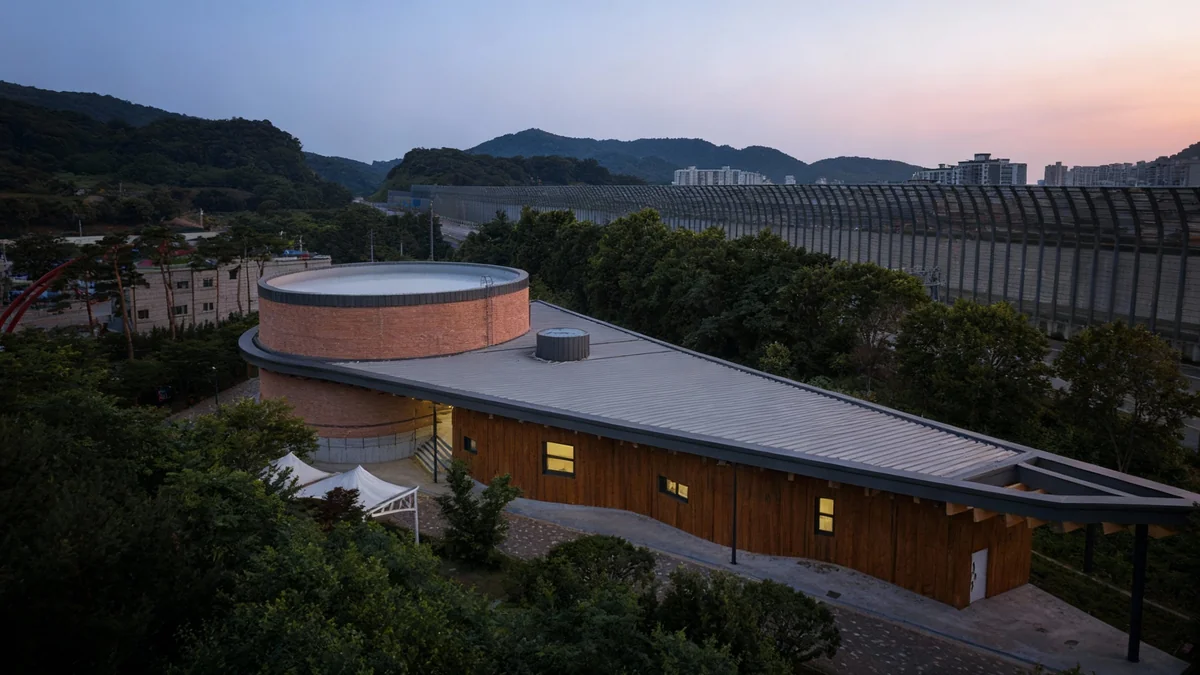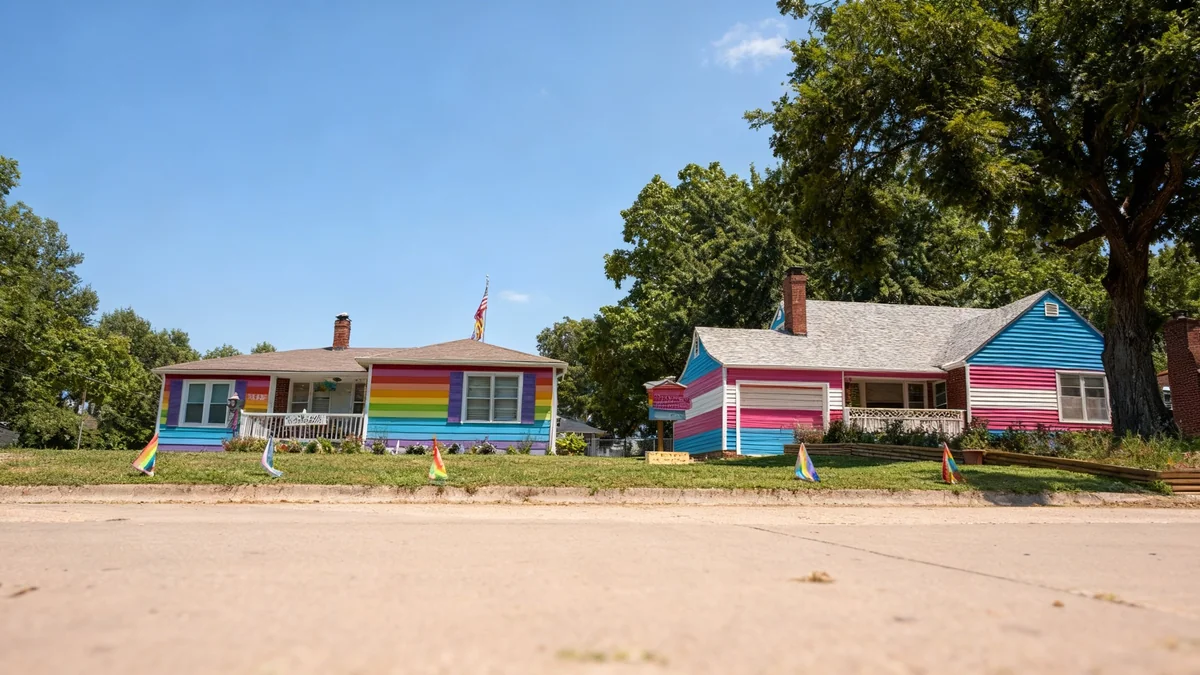Chinatowns across North America are experiencing significant transformations, marked by changing demographics, evolving businesses, and the pressures of gentrification. Photographer Morris Lum has spent over a decade documenting these shifts, creating a visual record of communities adapting to new realities.
Key Takeaways
- Morris Lum has photographed over 20 Chinatowns in the US and Canada for more than 10 years.
- His work highlights changes in storefronts, business types, and community structures.
- Gentrification and shifting migration patterns are major drivers of change.
- The COVID-19 pandemic severely impacted many Chinatown businesses.
- Despite challenges, new businesses and younger generations show hope for the future.
Documenting a Decade of Transformation
Morris Lum has dedicated more than ten years to capturing the essence of Chinatowns. His photographic archive showcases the constant evolution within these historic enclaves. Lum has visited over 20 Chinatowns, spanning from Chicago to Winnipeg, observing how they change over time.
His upcoming book presents a detailed view of courtyards, alleyways, and community buildings. These structures, including clan associations and Methodist churches, have long provided support and connection for generations of Asian diaspora communities. However, it is the distinctive, bilingual facades of businesses that truly bring his work to life.
These businesses range from gift shops and bakeries to insurers, reflexologists, florists, grocers, travel agencies, and acupuncturists. Lum describes his goal as simply wanting to 'keep a record' of these vital neighborhoods. His work, however, offers more than historical preservation; it provides visual evidence of current migration patterns and demographic trends.
Chinatown Facts
- Some Chinatowns date back to the mid-19th century, while others are more recent.
- They often served as vital hubs for trade due to their downtown locations.
- The architecture can vary greatly, from traditional lantern-adorned buildings to modern blocks.
Shifting Demographics and New Businesses
Lum's photographs reveal significant demographic shifts. For example, one image shows a new 'K-Beauty' store in Philadelphia's Chinatown. This business now occupies the site of a former poké bowl and tea bar. This change reflects the growing interest in South Korean cosmetics.
Other images feature newer storefronts using simplified Chinese characters instead of traditional ones. This detail points to a rise in arrivals from mainland China. These new migrants now significantly outnumber those from Taiwan or Hong Kong, who formed earlier waves of migration to the United States.
Some photos show shops and restaurants that are closed or covered in graffiti. Several businesses Lum photographed have since shut down permanently. This includes New York City’s New Golden Fung Wong Bakery, which closed in 2024 after more than 60 years. Vancouver’s Ho Sun Hing Printers also closed in 2014 after over a century of operation.
"That's the life cycle of a Chinatown," Lum stated, emphasizing the continuous evolution of these areas.
Impact of Gentrification and Economic Pressures
The reasons for business closures vary. Ho Sun Hing Printers, for instance, reportedly struggled to adapt to digital printing technologies. Not all closures mean a lack of demand; New Golden Fung Wong was replaced by another bakery. However, a major theme in Lum's work is gentrification.
Historically, Chinatowns were often located in downtown areas, near busy ports or dense urban centers. These locations have become increasingly expensive in many cities. For family-run businesses, this means higher rents and operational costs. It also leads to the departure of the communities that traditionally supported these businesses.
Beyond gentrification, mom-and-pop stores face other financial pressures. Competition from large retail chains is a constant challenge. The COVID-19 pandemic also played a significant role in recent closures. Boston's China King restaurant, for example, permanently closed in 2020 due to pandemic-related issues.
The Pandemic's Effect
The COVID-19 pandemic had a profound impact on Chinatowns. Author and academic Lily Cho noted in Lum's book introduction that the rise of anti-Asian sentiment, linked to the virus's origin, highlighted how these neighborhoods served as both places of refuge and vulnerability. Mask mandates and takeout-only dining were commercially devastating for many businesses. Lum described how the familiar "hustle and bustle" he remembered from childhood disappeared.
A Personal Connection to Chinatown
Lum's interest in Chinatowns stems from his own upbringing. He was born in Trinidad and Tobago to a Chinese Trinidadian father and a Macanese mother raised in Hong Kong. His family immigrated to Canada in the late 1980s, settling in Mississauga, a suburb west of Toronto.
At that time, Mississauga was predominantly White, though it has since become more multicultural. On weekends, Lum's parents would drive him and his sister into Toronto’s Chinatown. There, they would eat at banquet-style restaurants and buy Asian groceries, which were not available in their local neighborhood.
The appeal of Chinese-owned businesses was not just practical; it was also emotional. Lum recalled, "My parents really craved that sense of familiarity that wasn’t really present in suburbs."
Lum experiences a similar comfort when visiting new Chinatowns for the first time. He finds a sense of belonging when he sees a restaurant or business with bilingual signs. "There’s this vernacular in most Chinatowns that, once you come across a restaurant or business that has both languages, you feel like, ‘Oh, this is a place that I feel familiar with.’"
Unique Identities and Architectural Diversity
Despite shared characteristics, each Chinatown possesses a unique identity. Some are vast, with elaborate ceremonial gates, while others blend quietly into the urban landscape. Some are pedestrian-focused, while others center around major intersections. The oldest Chinatowns date back to the mid-19th century. Newer ones have emerged only in recent decades, or, like Toronto’s, relocated after World War II.
Lum states that a neighborhood's identity is shaped by its location and history. This is evident in the diverse architecture captured in his photographs. Alongside lantern-strewn brick tenements, which fit popular ideas of Chinatowns from movies, Lum also photographs more ordinary structures. These include nondescript early-1990s tower blocks with circular moon gates, or Chinese-owned stores in converted Victorian houses.
His favorite Chinatown is San Francisco’s. Founded during the California Gold Rush in the late 1840s, it was largely rebuilt after the 1906 earthquake. Lum describes it as archetypal. "The density, the way the streets are built and just the amount of people — you can see the layers of the different architecture that have been placed on top of it," he said. He added that his first visit to San Francisco's Chinatown felt "almost like Disneyland" compared to those in Canada.
Hope for the Future
Lum continues to work with analog film, not digital. When he arrives at a new Chinatown, he first walks the streets with a 35-millimeter point-and-shoot camera. He notes addresses he will revisit with his tripod and large-format equipment.
His method requires long exposure times, so he usually photographs early in the morning before businesses open. His interior shots often show indirect signs of life, such as empty chairs around mahjong games or ancestral altars with fresh flowers. These images convey the "reminiscence of something that has just happened," as Lum describes it.
Lum's broader archive also includes portraits and casual photos of shoppers, business owners, and community members. He always tries to connect with contacts from artistic, photographic, and diasporic communities, or with local historians and architects, before his visits. These interactions give him optimism for the future of North America’s Chinatowns.
Despite the ongoing threat of gentrification, Lum's book includes many success stories. San Francisco’s Li Po Cocktails, a popular dive bar, is famous for its Chinese mai tai. The Lingnan, which opened in 1947, is Edmonton’s second-oldest restaurant. Businesses like the Yuen Hop Noodle Company in Oakland have not only lasted for decades but have also grown from relying on foot traffic to becoming major distributors and wholesalers.
- Li Po Cocktails: San Francisco dive bar known for its unique Chinese mai tai.
- The Lingnan: Opened in 1947, now Edmonton’s second-oldest restaurant.
- Yuen Hop Noodle Company: Oakland business that evolved into a major distributor.
Lum observes a renewed interest among younger generations. "A lot of younger people are interested in opening up shops or being in Chinatown, because it brings this sense of familiarity to them, this sense of home," he said. He also notes a strong desire "to want to build something."
Morris Lum's book, "Chinatowns: Tong Yan Gaai," is scheduled for publication by DelMonico Books on October 28, 2025.




